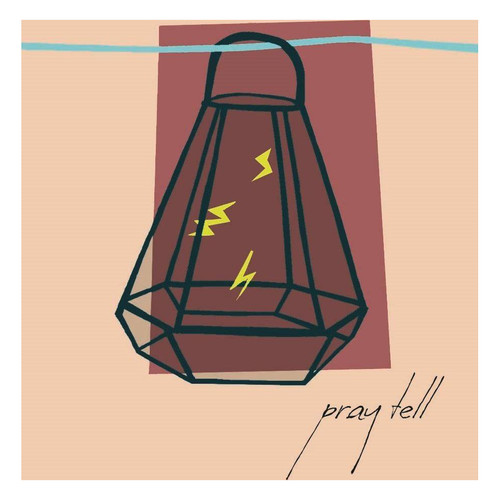A light-bodied co-ferment of four grapes, hence the name; the perfect “bistro red”, as Ian himself calls it.
Grapes: 2018 is 45% Blaufrankisch, 15% Chardonnay, 35% Cabernet Franc and 5% Cabernet Sauvignon
Vineyards: two sites on Seneca Lake – Sawmill Creek vineyard on the east side and Tuller Vineyard on the west side. Both sustainable
Making of: The grapes for this wine were co-fermented in one-ton bins with around 30% of whole cluster fermentation. No adjustments were made to the fermentations and they proceeded at ambient temperatures using ambient wild yeast for both primary fermentation and malolactic. When the fermentations were winding down, they were pressed in a basket press and racked into older (7-10-year-old) French Oak barrels where they remained for a year and a half. The barrels were blended and a small sulfur addition (30ppm) was made before being bottled unfined and unfiltered.
Personality: fresh, lively mix! Wonderful fruitiness and lighter body (courtesy of the part-carbonic maceration and dash of white grapes) make this very drinkable indeed.
Grapes: 2018 is 45% Blaufrankisch, 15% Chardonnay, 35% Cabernet Franc and 5% Cabernet Sauvignon
Vineyards: two sites on Seneca Lake – Sawmill Creek vineyard on the east side and Tuller Vineyard on the west side. Both sustainable
Making of: The grapes for this wine were co-fermented in one-ton bins with around 30% of whole cluster fermentation. No adjustments were made to the fermentations and they proceeded at ambient temperatures using ambient wild yeast for both primary fermentation and malolactic. When the fermentations were winding down, they were pressed in a basket press and racked into older (7-10-year-old) French Oak barrels where they remained for a year and a half. The barrels were blended and a small sulfur addition (30ppm) was made before being bottled unfined and unfiltered.
Personality: fresh, lively mix! Wonderful fruitiness and lighter body (courtesy of the part-carbonic maceration and dash of white grapes) make this very drinkable indeed.







